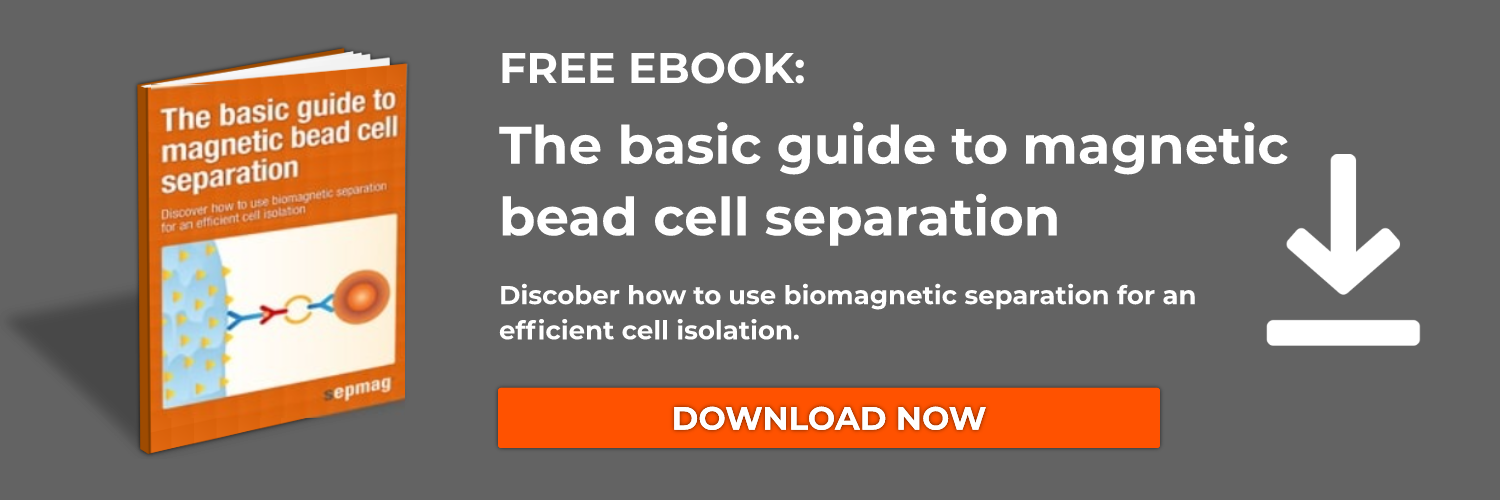Within Nanoparticles (NP), Magnetic nanoparticles (MNPs) can be influenced using an applied magnetic field. Due to restricted size effects such as high surface-to-volume ratio, these MNPs demonstrate high magnetic properties compared to their corresponding large particles. The component of magnetic nanoparticles ranges from 5.0 nm to 50 nm in size and display a unique feature known as ‘super magnetism’ in the presence of an externally applied magnetic field.
Magnetic Nanoparticles: Classification
Magnetic nanoparticles are classified based on the different atoms used in the formation of compounds. Commonly used magnetic elements for the composition of MNPs are iron, nickel, cobalt, gadolinium, manganese, copper, gold and other known elements; along with the oxides such as magnetite Fe3O4 and maghemite γ-Fe2O3 etc. Among all, ferrite oxide-magnetite (Fe3O4) is widely used in the form of super paramagnetic nanoparticles for biomedical applications because it demonstrates the highest magnetic property.
For synthesizing nanomaterials, determining the surface chemistry of the particles, their magnetic properties, shape, size distribution, and particle size are the most vital challenges. Several popular methods are being employed for synthesis of MNPs, both for in vitro and in vivo applications. Some common ones are as follows:
- Co-precipitation
- High temperature or thermal decomposition
- Water-in –oil microemulsion system
- Sonochemical, and microwave assisted
- Chemical vapour deposition, and Spray and laser pyrolysis synthesis.
Merits of using Magnetic Nanoparticles
Magnetic nanoparticles revert back to a nonmagnetic state when the external force is removed. Hence, they display magnetic activity only in the presence of an external magnet. This exhibits an inactive behavior of the particles in the absence of applied field; giving unique advantage to work in biological environments. Other characteristics exhibited by MNPs are high saturation field, high field irreversibility, and super paramagnetism; making them potential carriers for gene and drug delivery and other biomedical uses.

Application of Magnetic Nanoparticles in Therapeutics
Magnetic nanoparticles have become an important tool in disease diagnosis and therapy at the cell level and its ability to cross biological barriers. Some of its important applications are:
- MNPs in combination with an external magnetic field allow the delivery of particles to the desired target area; fix them at the confined site while the medication is released, and act locally.
- The super paramagnetic iron oxides are placed in altering current [AC] magnetic fields which allows the transfer of magnetic energy to the particles in the form of heat. This property used in vivo to increase the temperature of tumour tissues to destroy the pathological cells; also known as ‘hypothermia’.
- Magnetic iron oxide nanoparticles function as contrast agents, producing an enhanced proton relaxation in magnetic resonance imaging (MRI) for better imaging and as a drug delivery vehicle for brain tumours.
Conclusion
Being more stable than metallic nanoparticles, MNPs can open new doors for overcoming the problems of drug delivery, toxicity, tumour therapy, localization and cost.
Related news
- Immunomagnetic cell separation
- Magnetic Beads and Biomagnetic separation
- Applications of Biomagnetic Separation





